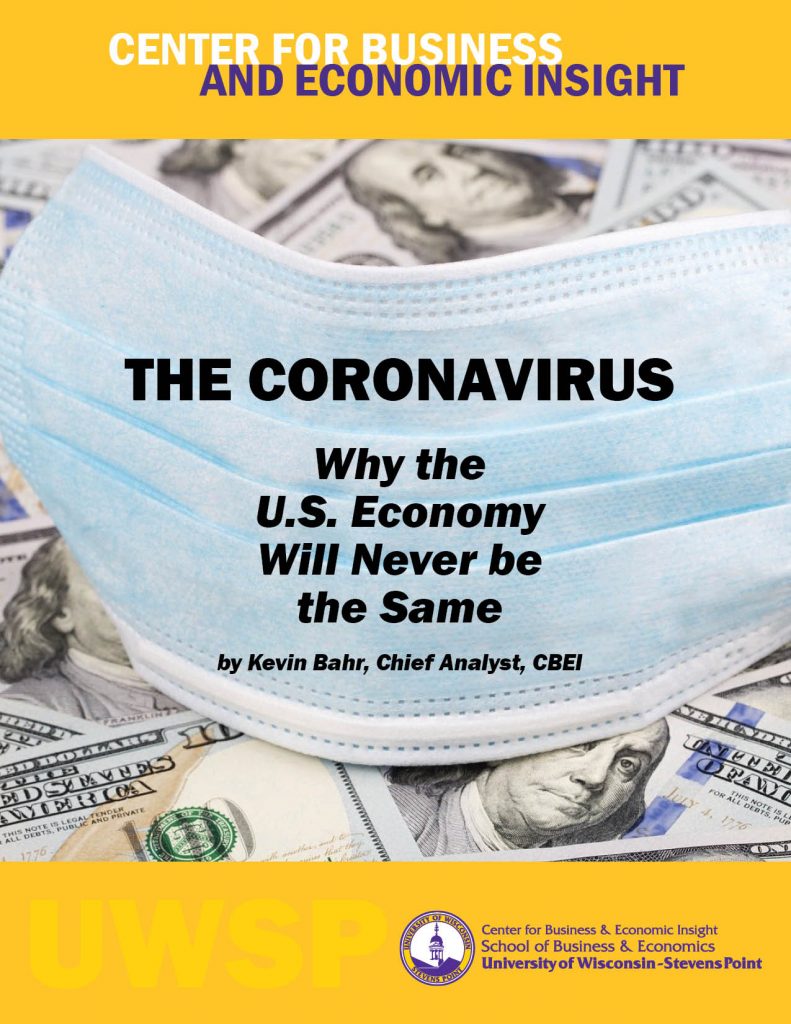
Ever wonder what it would be like to not be able to go to your favorite restaurant, or not be able to take a trip to your favorite location? Ever think about how dependent the U.S. economy is on delivery drivers, grocery store workers, and food distribution/warehouse workers? Maybe not, but perhaps the coronavirus changed that. It put a spotlight on the importance and contributions of many service sector workers and occupations. And of course, the contribution of healthcare workers. Doctors, nurses, social workers, supply workers, administrative support personnel, and all those responsible for keeping hospitals and medical clinics clean and full of supplies. Obviously, workers in many different positions made important contributions to the U.S. dealing with the pandemic.
There are many service sector workers that play key roles in the U.S. economy – those key roles make ordinary living better, safer, and healthier. The coronavirus highlighted some of those roles and gave much deserved recognition to select service sector workers. Listed below is information from the U.S. Bureau of Labor Statistics (BLS) as of May 2018 that shows employment and wage information for select service sector workers. Unfortunately, workers are not always paid based on their contributions to society. As the data indicates, the workers are many, but the pay is not always high. Greater detail for each category of workers is available through the BLS links provided below. At the very least, perhaps the pandemic leads to a greater appreciation for all those workers in the service sector that make life better, safer, and healthier.
Food Preparation and Serving Related Occupations
| National Employment | National Mean hourly wage | National Mean annual wage | Wisconsin Employment | Wisconsin Mean Annual Wage |
| 13,374,620 | $12.30 | $25,580 | 245,820 | $23,270 |
National Wage Distribution for Food Prep and Serving
| Percentile | 10% | 25% | 50% (Median) | 75% | 90% |
| Hourly Wage | $8.49 | $9.33 | $11.09 | $13.59 | $17.96 |
| Annual Wage | $17,660 | $19,410 | $23,070 | $28,270 | $37,360 |
Healthcare Support Occupations
| National Employment | National Mean hourly wage | National Mean annual wage | Wisconsin Employment | Wisconsin Mean Annual Wage |
| 4,117,450 | $15.57 | $32,380 | 71,290 | $32,760 |
National Wage Distribution for Healthcare Support
| Percentile | 10% | 25% | 50% (Median) | 75% | 90% |
| Hourly Wage | $10.21 | $11.77 | $14.30 | $18.04 | $23.05 |
| Annual Wage | $21,240 | $24,470 | $29,740 | $37,520 | $47,950 |
For further information:
- Greater detail from the U.S. Bureau of Labor Statistics on National and Wisconsin:
BLS – National Occupational and Wage Data
BLS – Wisconsin Occupational and Wage Data
CBEI Blog Series: The Coronavirus – Why the U.S. Economy Will Never be the Same
Part 1: What Happened – A Review of the Economic Impacts
Part 2: What Happened – A Review of the Stock Market
Part 3: What Will Change – Supply Chains
Part 4: What Will Change – Healthcare
Part 5: What Will Change – Deficits and Government Spending
Part 6: What Should Change – An Appreciation for Service Sector Workers
Part 7: What Should Change – Securities Regulation of Congress

Kevin Bahr is a professor emeritus of finance and chief analyst of the Center for Business and Economic Insight in the Sentry School of Business and Economics at the University of Wisconsin-Stevens Point.

